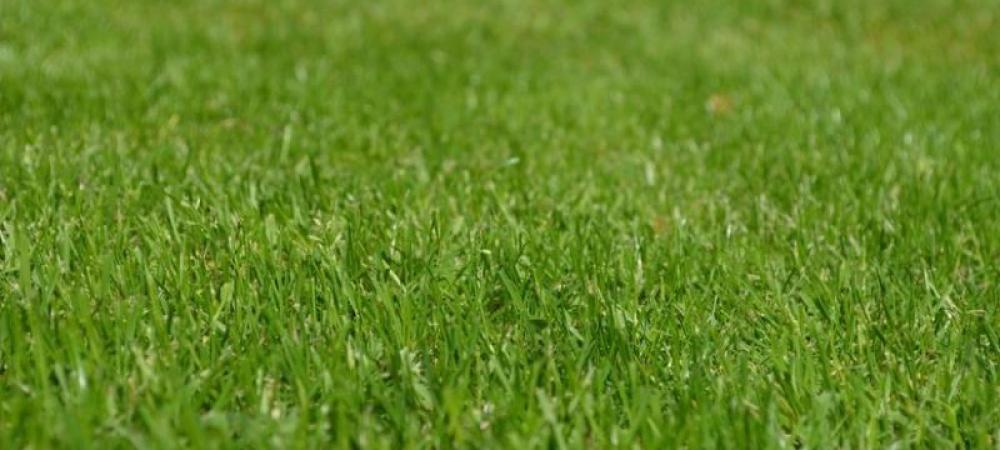How to Lime Your Lawn in Kansas City: A Step-by-Step Guide

Maintaining a vibrant, green lawn in Kansas City can be a challenge due to the unique soil conditions in the region. One effective solution to enhance the health of your lawn is liming. In this comprehensive guide, we'll explore the reasons for liming, when to lime your lawn, the types of lime to use, and the step-by-step process for liming in the Kansas City region.
What is Liming?
Liming involves the application of limestone to the soil to raise its pH level, making it more alkaline. This process can have numerous benefits, such as improved nutrient availability and enhanced grass growth.
Understanding Soil pH in Kansas City
Before delving into liming, it's crucial to understand the soil pH in Kansas City. The soil types in these regions are predominantly acidic, which can adversely affect the growth of grass and other plants. Most turfgrass varieties thrive in slightly acidic to neutral soils with a pH range of 6.0 to 7.0. However, many soils in Kansas City tend to be lower on the pH scale, which can lead to nutrient deficiencies and hinder grass growth.
Why Should You Apply Lime?
- Correcting Soil Acidity: Soils in the Kansas City area often have acidic pH levels, which can limit the availability of essential nutrients to plants. Liming helps neutralize the acidity, creating a more favorable environment for grass growth.
- Enhancing Nutrient Availability: Proper soil pH is crucial for the availability of nutrients like phosphorus and potassium. Liming ensures that these nutrients are more accessible to your lawn, promoting healthier and more robust grass.
- Alleviating Aluminum Toxicity: Acidic soils in the region may contain high levels of aluminum, which can be toxic to plants. Liming helps reduce aluminum toxicity and creates a safer environment for your lawn.
When to Lime Your Lawn in Kansas City
The best time to apply lime to your lawn is early spring or fall. Applying in the spring allows the grass to absorb the lime as the grass grows, while liming during the fall allows the lime to break down into the soil before the next growing season.
How To Apply Lime To Your Lawn
Liming your lawn in Kansas City involves a systematic approach to ensure optimal results. Follow these step-by-step instructions to effectively lime your lawn in these regions:
Step 1: Perform a Soil Test
Before you begin the liming process, conduct a soil test to determine the current pH level of your lawn. Soil testing kits are widely available at garden centers or through local agricultural extension services. The results of the test will guide you in calculating the amount of lime required to achieve the desired pH level.
Step 2: Choose the Right Type of Lime
Select the appropriate type of lime based on your soil test results:
- Calcitic Lime:
- Suitable for soils with an adequate magnesium level.
- High in calcium.
- Dolomitic Lime:
- Suitable for soils with low magnesium levels.
- Contains both calcium and magnesium.
Step 3: Calculate Lime Application Rate
Use the information from your soil test to determine the amount of lime needed per square footage of your lawn. Lime application rates vary depending on the current pH level and the type of lime you are using. Refer to the recommendations provided with your soil test results or consult with a local lawn care company like Quality All-Care for guidance.
Step 4: Schedule Lime Application
Ideally, lime your lawn in the fall or early spring. This timing allows for the lime to react with the soil over the winter months, providing an optimal pH environment for your lawn during the growing season.
Step 5: Prepare for Application
Gather the necessary tools and equipment:
- Broadcast Spreader: Ensures even distribution of lime over the lawn. You can either purchase a drop spreader or rent one form a local hardware store.
- Protective Gear: Wear gloves and a dust mask when handling lime to protect your skin and respiratory system.
Step 6: Apply Lime
Follow these steps to apply lime to your lawn:
- Fill the Spreader: Load the broadcast spreader with the calculated amount of lime.
- Adjust Spreader Settings: Set the spreader according to the recommended settings for the type of lime you are using.
- Apply Lime Evenly: Walk evenly across your lawn, spreading the lime in a crisscross pattern to ensure thorough coverage.
Step 7: Water the Lawn
After applying lime, lightly water your lawn. This helps the lime particles penetrate the soil and initiate the pH adjustment process.
Step 8: Monitor and Repeat as Necessary
Monitor your lawn's pH level through periodic soil tests. Depending on the initial pH and the type of lime used, you may need to repeat the liming process every 2-3 years to maintain optimal soil conditions.
By following these steps, you can effectively lime your lawn in Kansas City, creating a conducive environment for healthy grass growth and overall lawn vitality. Regular soil testing and lime applications will contribute to the long-term success of your lawn care efforts in these regions.
If you need helping achieving a healthy lawn, look no further than Quality All-Care. Our customized treatments are here to give you a beautiful outdoors the whole family can enjoy. Reach out to our team to schedule your lime treatment today!
